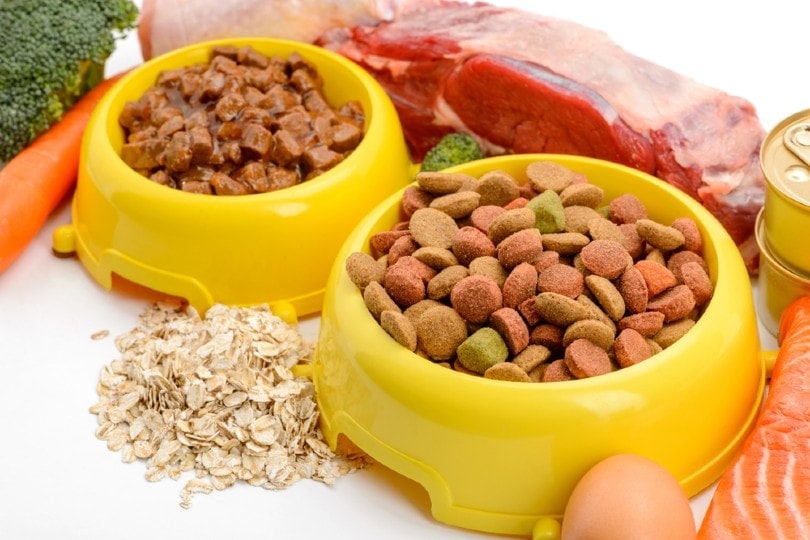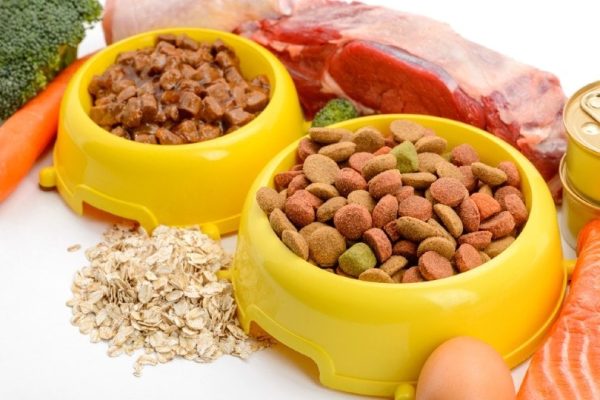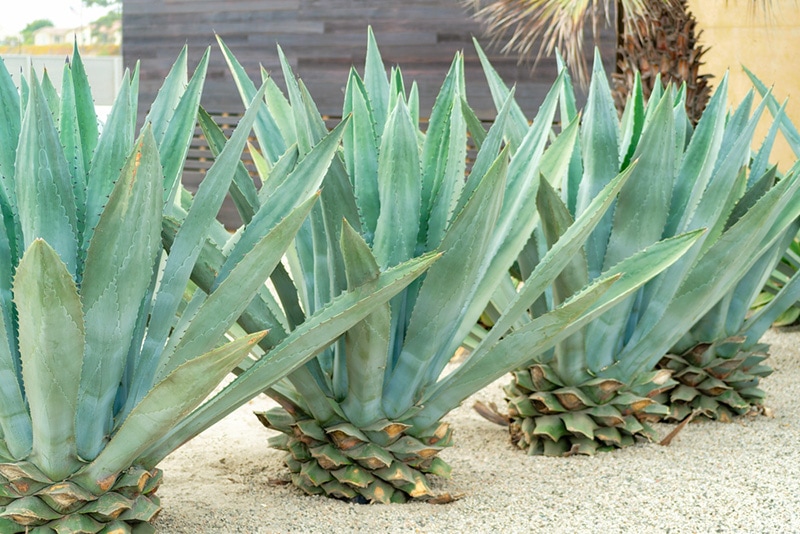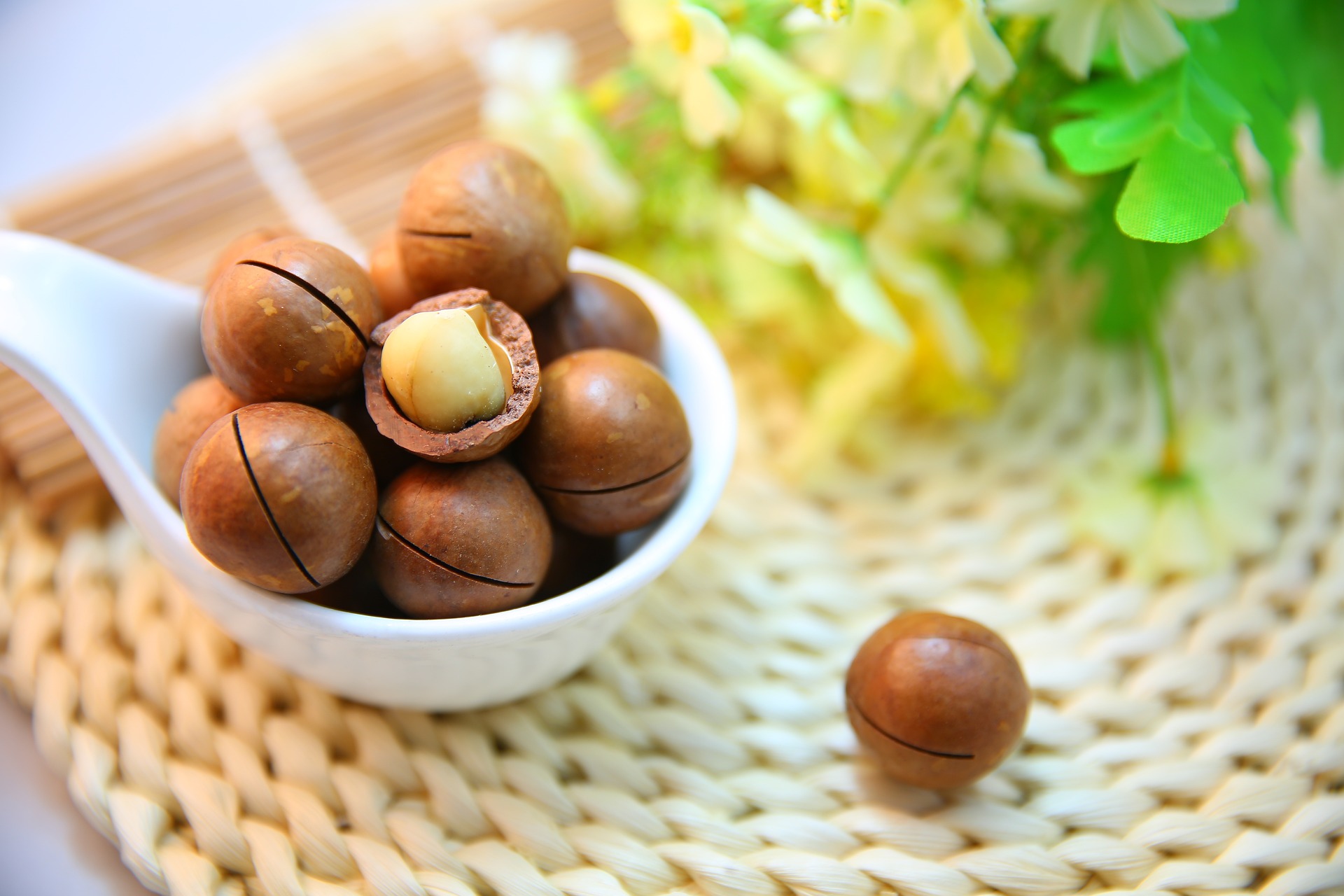Do you ever mix wet and dry dog food together? Many people do, but is it a good idea? Some pet owners believe that mixing the two will provide their canine companions with a more well-rounded diet. However, others think that this could actually be harmful to the dogs. So, what’s the verdict?
Yes, you can mix wet and dry dog food. In fact, many pet parents do it to add variety to their dog’s diet or to make sure their pup is getting all the nutrients that they need.
However, there are a few things that you should keep in mind when mixing wet and dry dog food.
Dry Dog Food
Dry dog food is also known as kibble. It’s made up of bite-sized pieces of meat and other ingredients that have been cooked and then dried. Dry food is typically high in carbohydrates, which can make it a good choice for dogs that need more energy.
Dry dog food has a lot of advantages. For one thing, it’s great for dental health, since the crunchy kibble helps to remove tartar and plaque. It’s also easy to store and has a long shelf life, which makes it a convenient option for busy pet owners.
Additionally, dry dog food is usually cheaper than wet food, and there’s a large variety of brands and flavors to choose from.
However, there are also some disadvantages to dry dog food. There is wide variation in the quality of ingredients, and choosing a food suitable for your dog can be daunting. In addition, some dogs don’t enjoy the texture of dry food and prefer wet food instead.

- Great for dental health
- Easy to store
- Long shelf life
- Cheap
- Large variety of ingredients
- Some dogs may not like it
Wet Dog Food
Wet dog food has several advantages, including the fact that dogs tend to like it more than dry food. The high moisture content in wet food can also be beneficial for dogs that need to stay hydrated, such as those with kidney issues.
Additionally, wet food is softer and easier to eat, making it a good choice for dogs with dental problems. Finally, wet food is often used to wean puppies, since it is easy for them to consume.
While there are many benefits to wet dog food, there are also some drawbacks. Wet food is generally more expensive than dry food, and it can be messy to feed. Wet food also spoils more quickly than dry food and requires refrigeration after opening.
Despite these disadvantages, wet dog food can be a nutritious and delicious option for your four-legged friend.
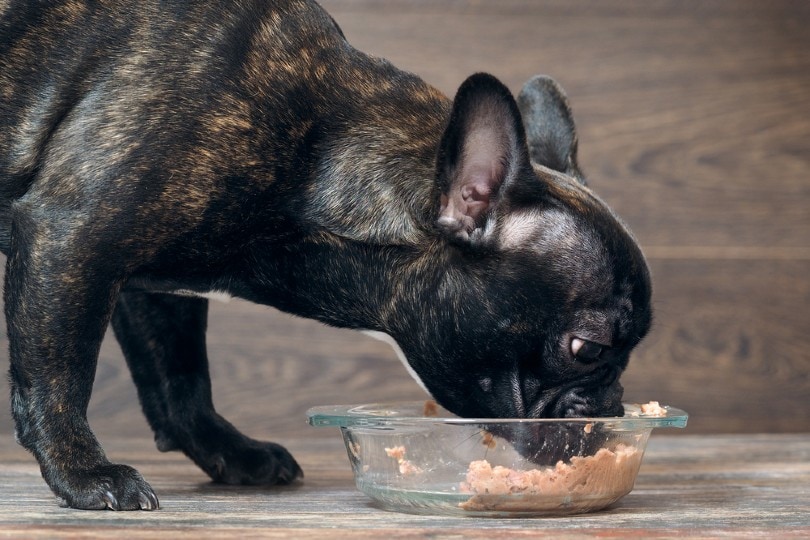
- Dogs tend to love it
- High moisture content, aiding hydration
- Ideal for dogs with dental issues
- Great for weaning puppies
- Expensive
- Messy
- Spoils quickly
- Requires refrigeration after opening
Mixing Wet and Dry Dog Food
As you can see, there are both advantages and disadvantages to feeding your dog wet or dry food. So, what happens if you mix the two?
Mixing wet and dry food can give your dog the best of both worlds. The dry food will provide them with the crunchy texture that they enjoy, while the wet food will add moisture and flavor.
Additionally, mixing wet and dry food can help to ensure that your dog is getting all the nutrients they need. Different types of food offer different nutritional benefits.
For example, dry food is typically high in carbohydrates, while wet food is higher in protein. By feeding your dog a mix of both, you can help to ensure that they’re getting a well-rounded diet.
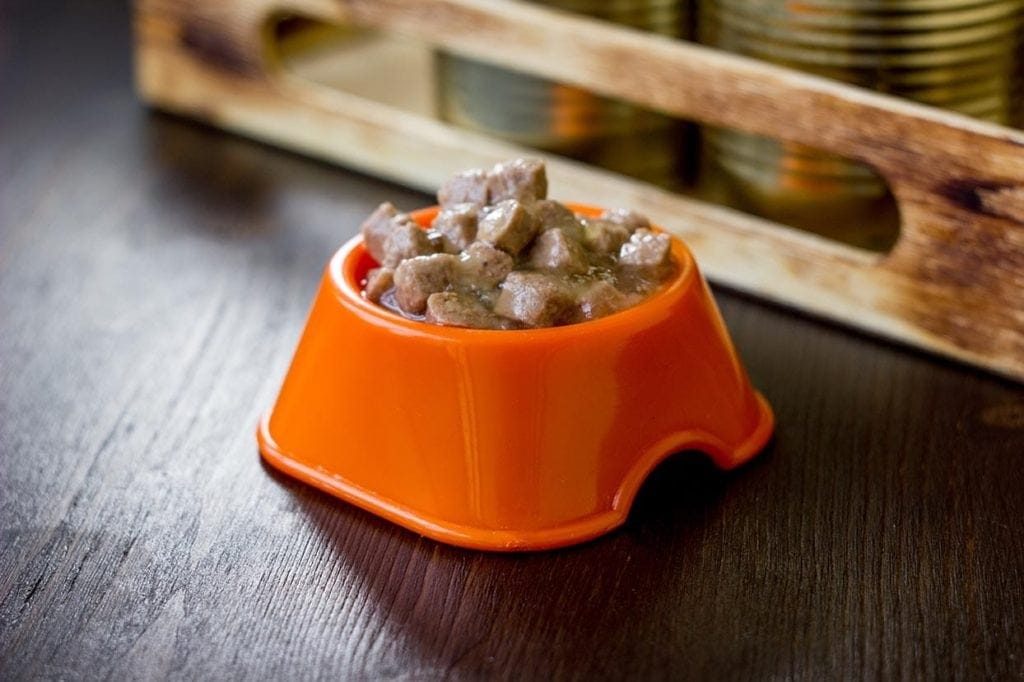
The Benefits
- Positive effects from both types of food
- Easier to disguise the introduction of new flavors
- Provides texture and variety to their diet
- More cost effective than feeding just wet food
- Aids in weight management (wet food is less dense in calories)
The Downfalls
- More work involved
- Mixture gets soggy if not eaten immediately
Make sure you’re feeding your dog the right amount, check out our dog food calculator here:
The exact amount of calories an individual animal needs to maintain a healthy weight is variable and influenced by many factors including genetics, age, breed, and activity level. This tool is meant to be used only as a guideline for healthy individuals and does not substitute veterinary advice
How to Mix Feed Your Dog
Now that you know some of the benefits and drawbacks of mixing wet and dry food, you might be wondering how to go about doing it. There are three primary ways that you can mix these two dog foods:
- Straight mixing: This is the simplest way to mix wet and dry food. Simply combine the two foods in your dog’s bowl, and let them eat as usual.
- Alternate days: If you’re concerned about the wet food going bad, you can alternate between feeding your dog dry food one day and wet food the next.
- Alternate meals: Another option is to feed your dog dry food for one meal and wet food for the next. This can be a good option to blend into your routine. Many owners opt for dry food for breakfast and wet food for dinner.
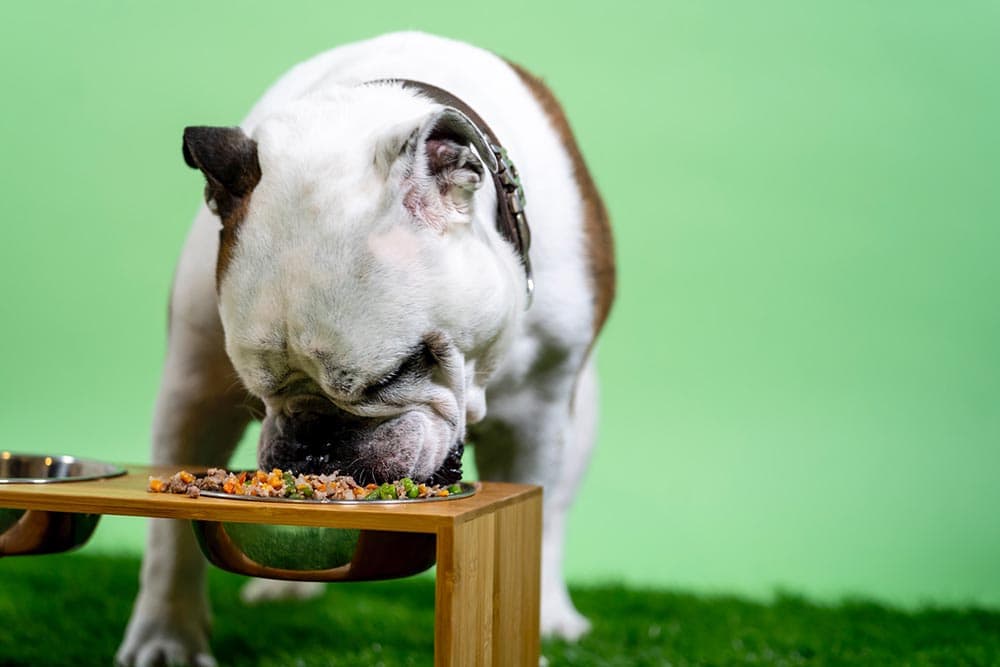
Ratios
When it comes to mixing wet and dry food, there is no perfect ratio. It will vary depending on your dog’s individual preferences and nutritional needs.
A good starting point is to mix one part wet food with three parts dry food. From there, you can adjust the ratio as needed based on your dog’s response.
Transition Period
When mixing wet and dry food, it’s important to do so gradually. Sudden changes in diet can cause digestive upset in dogs. Instead, slowly introduce the new food over the course of 7–10 days.
Begin by mixing a small amount of wet food with their dry food. Each day, increase the amount of wet food while decreasing the amount of dry food. By the end of the transition period, your dog should be eating mostly wet food with only a small amount of dry food mixed in.
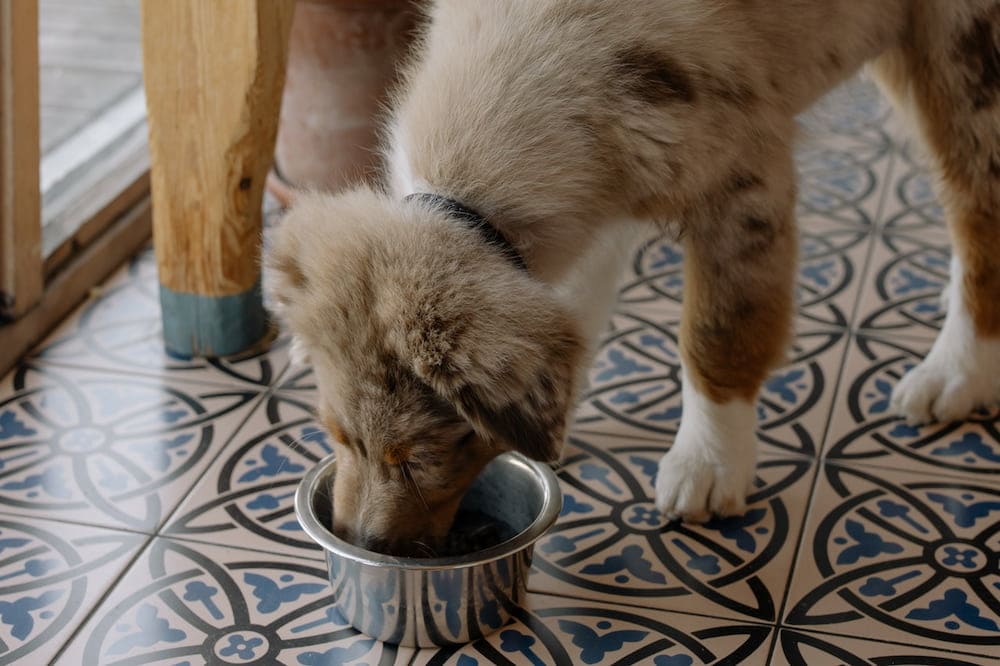
Tips for Success
- Consult a vet before making any changes to your dog’s diet.
- Use different flavors and textures to entice your dog to eat.
- Choose a food that is high quality and nutritious.
- Monitor your dog’s weight and energy levels to ensure that they’re getting the right amount of food.
- Never mix prescription or specialty dog food before discussing it thoroughly with your vet.
Summary
There is no such thing as the best option for all when it comes to feeding dogs. Cost, storage, ease, medical concerns, physical limitations, access to food types, individual dog pickiness, and much more may all influence your choice of whether to feed only wet or dry food or a combination of both.
Featured Image Credit: Yuriy Golub, Shutterstock

